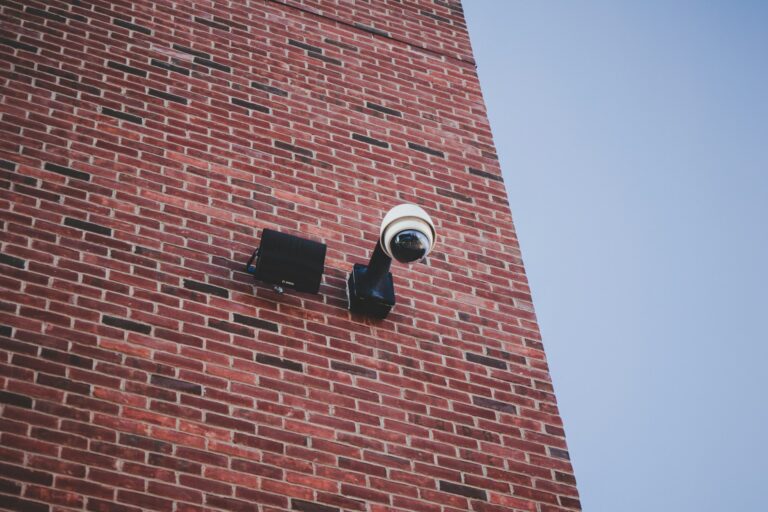Security has always been about visibility, but in 2025, visibility alone is no longer enough. Across the United States, schools, retailers, hospitals, and enterprises are adopting AI-powered video surveillance systems that go beyond simply recording footage. These platforms detect threats in real time, analyze patterns of behavior, and provide actionable insights—helping organizations stay one step ahead.
Why AI Matters in Surveillance
Traditional camera systems often overwhelm operators with hours of video that rarely gets reviewed. Artificial intelligence flips the model: instead of relying on human eyes, AI algorithms can automatically flag unusual movement, identify objects of concern, or even predict risks before they escalate.
For U.S. organizations facing rising concerns about workplace violence, theft, and liability, this shift is more than technological—it’s operational. AI systems promise to lower costs, reduce response times, and improve overall safety without adding more staff.
Standout AI Surveillance Options in 2025
Several companies are pushing the boundaries of what modern surveillance can do:
Coram
Unlike many competitors, Coram focuses on enhancing existing IP camera systems rather than replacing them. Its platform adds AI features like firearm detection, slip-and-fall alerts, and license-plate recognition. Beyond video, Coram provides access control and emergency management, allowing users to lock doors, trigger alarms, and coordinate responses from a single dashboard. For U.S. schools and mid-sized businesses with limited budgets, Coram’s hardware-agnostic approach makes it a flexible choice.
Reolink
Reolink has drawn attention with its AI-enabled floodlight cameras, offering 4K clarity, 360-degree coverage, and on-device video search. By storing up to 512 GB locally, these cameras reduce dependence on the cloud and eliminate recurring fees—making them attractive for small businesses and homeowners.
Eufycam S4 with AI Core
Eufy’s latest camera pairs 4K wide-angle capture with secondary PTZ units capable of facial recognition up to 164 feet. The upcoming AI Core enhances this with on-device analysis of over 100 behavior patterns, minimizing lag and ensuring faster response. It’s particularly suited to residential and retail spaces where quick detection is critical.
Marshall Electronics CV625
While most AI systems focus on security, Marshall’s new CV625 leans toward presentation and professional environments. The dual-sensor camera combines PTZ functionality with AI-driven tracking, automatically following presenters and adjusting framing—bridging the gap between security and smart workplace technology.
Synology C2 Surveillance
Synology’s cloud-based monitoring service simplifies surveillance across multiple locations. By removing device licensing and centralizing control, it appeals to organizations with large campuses, such as universities, warehouses, and logistics hubs. For IT leaders who want scalability and reliability, this VSaaS model represents the next generation of enterprise surveillance.
The U.S. Market Outlook
Industry analysts estimate that the global video surveillance market will reach $88 billion by 2030, with AI adoption driving much of the growth. In the U.S., this trend is amplified by public safety concerns and a workforce increasingly stretched thin. Organizations are prioritizing tools that deliver faster insights with fewer resources, and AI video surveillance fits directly into that need.
What Buyers Should Consider
While the technology is advancing rapidly, decision-makers should weigh a few factors before committing to an AI system:
- Cost structure — Subscription-based vs. local storage.
- Scalability — Whether the system supports multi-site growth.
- Integration — Compatibility with existing cameras and access control systems.
- Privacy — Ensuring compliance with state and federal data protection laws.
- Support — Availability of U.S.-based service and long-term updates.
Final Word
AI video surveillance systems are no longer niche experiments; they are becoming mainstream security infrastructure across the U.S. From affordable consumer devices to enterprise-ready cloud solutions, the range of options has never been broader.
For some, Reolink’s low-cost AI cameras may be the perfect fit. For others, Synology’s cloud ecosystem or Coram’s open, hardware-agnostic AI platform may deliver the scalability and flexibility they need. Whatever the choice, one thing is clear: AI is turning video surveillance from passive monitoring into active protection.

